The Bead-ATom Cooling And Trapping (BATCAT) experiment aims to establish optical coupling, mediated by a 1-D optical cavity lattice, between 87Rb atoms and a 170nm silica nanosphere optically trapped in separate vacuum chambers. Hybrid systems such as BATCAT could serve as quantum transducers to coherently transfer quantum information between different systems. We employ atomic and optomechanical techniques in pursuit of cooling the nanoparticle’s vibrational motion with the atoms as a coolant.
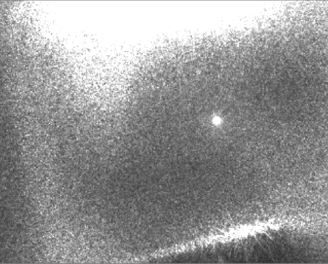
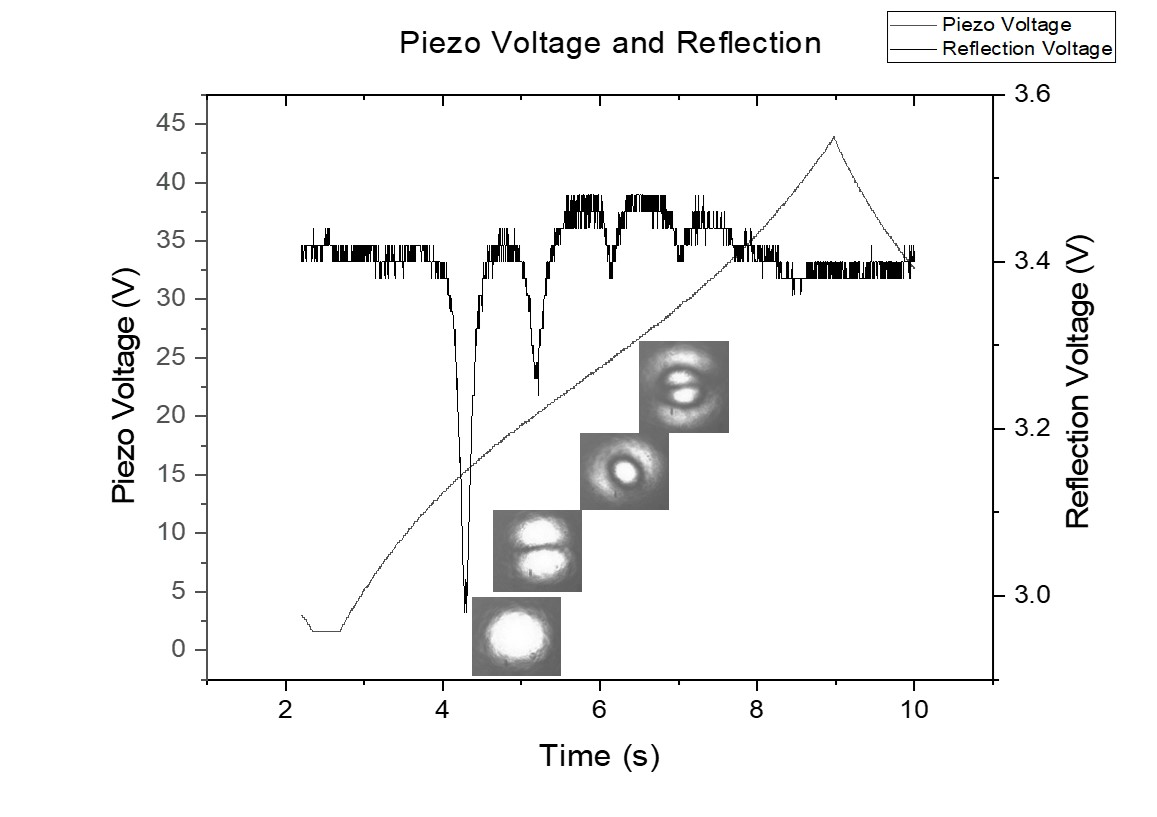
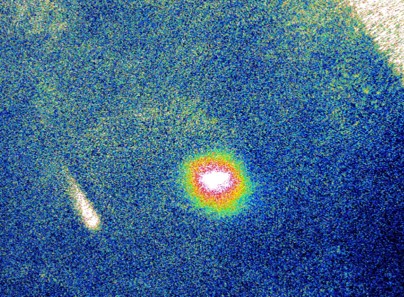
The goal of this experiment is to search for corrections to Newtonian gravity at short distances due to string-inspired models like large extra-dimensions. Our system consists of a sensitive 300 nm silica sphere that is capable of measuring forces down to the Zeptonewton (10-21 N) scale. We position the levitating sphere at a micron length scale away from a gold-coated SiN membrane. Then, behind the membrane, we place a source mass that oscillates harmonically with the levitating sphere to perform a short-range gravity measurement.
References:
A.A. Geraci, et. al., PRL 105, 101101 (2010)
G. Ranjit, et. al., Phys. Rev. A 93, 053801 (2016)
C. Montoya, et. al., Applied Optics 61, 3486 (2022)
E. Weisman, et. al., Rev. Sci. Instrum. 93, 115115 (2022)
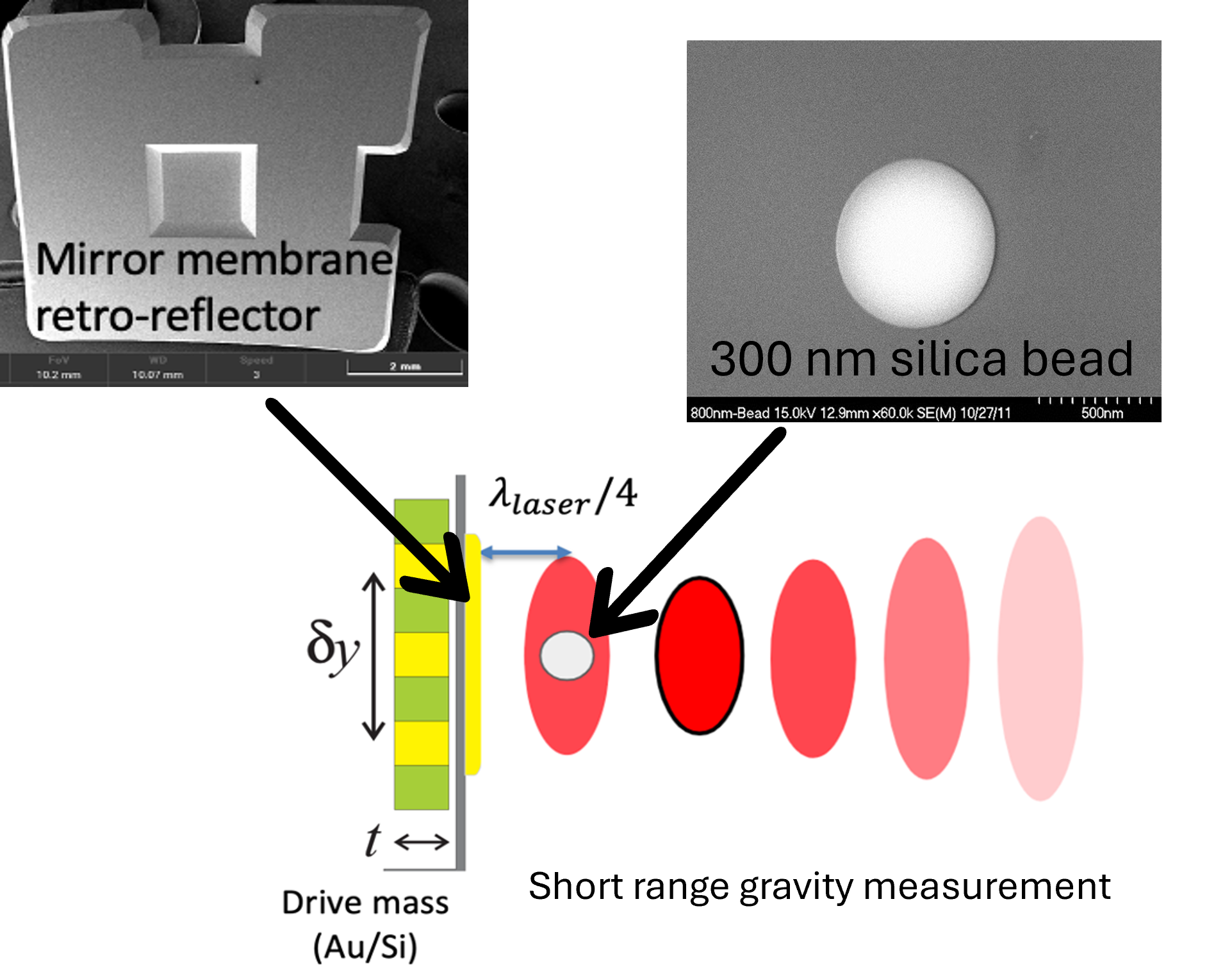
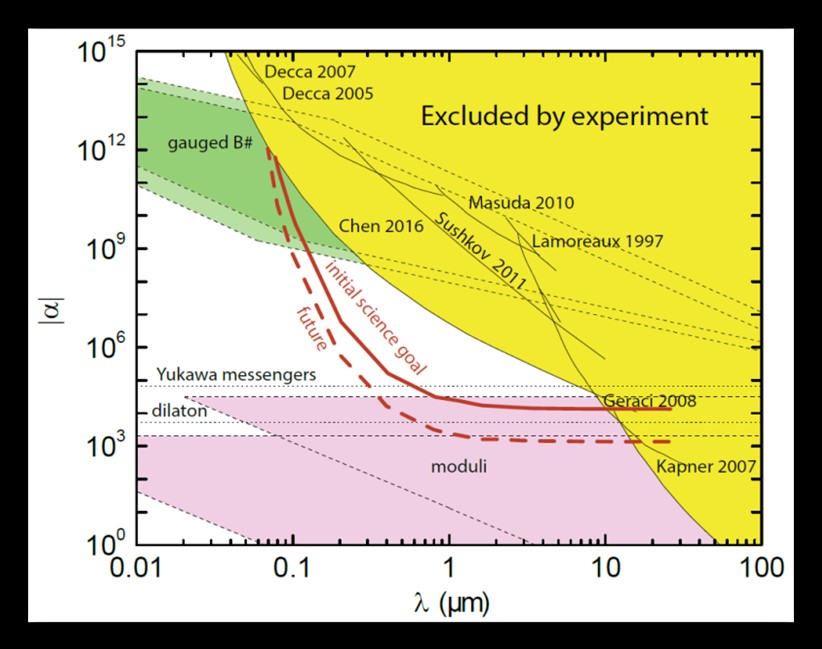
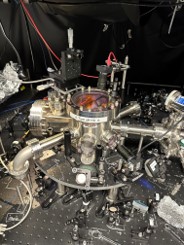
The Levitated Sensor Detector is an experiment to detect high frequency gravitational waves (10 to 300 kHz) above the region previously probed by LIGO. By making use of flat dielectric micro-scale particles optically levitated in a meter long interferometer, this detector could be sensitive to novel sources of gravitational waves, such as binary mergers of primordial black holes and superradiant amplification of axion clouds around spinning black holes. We have made significant progress in the construction of the first prototype version of the gravitational wave detector, while our collaborators at UCDavis are already designing a second detector for coincident detection. Meanwhile, we have successfully trapped novel flat hexagonal particles in a dual-beam trap in our ONR test chamber. In this system, we are currently working on implementing feedback cooling of the center of mass motion of these hexagonal particles and optical refrigeration of lanthanide-doped hexagonal particles, as well as exploring new methods of higher efficiency loading of flat particles into our optical traps.
A. Arvanitaki et al., Phys Rev Lett 110, 071105 (2013)
N. Aggarwal et al., Phys Rev Lett 128, 111101(2022)
G. Winstone, et al., Phys Rev Lett 129, 053604 (2022)
J. R. Sprague, et al., arXiv:2409.03714 (2024)
S. Liang, et al., arXiv:2409.00782 (2024)
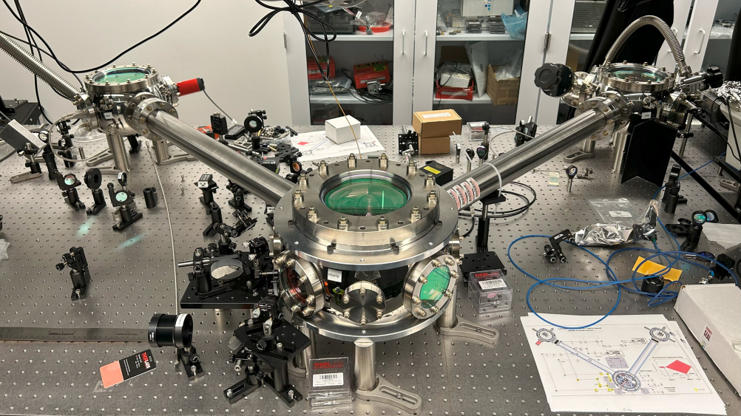
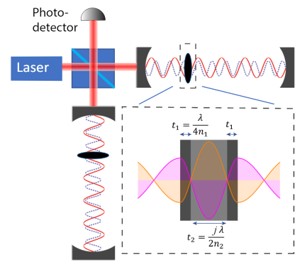
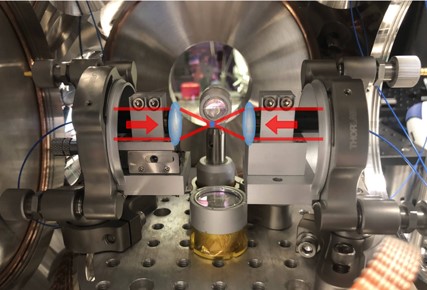
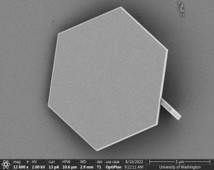
In the Cryotweezer subgroup, we are primarily interested in experimentally understanding how large of an object can be put into a quantum spatial superposition. To do so, we are working towards the realization of a macroscopic matter-wave interferometer where a levitated nanosphere of mass on the order of 10^6amu exhibits a clear wave nature which can be measured via diffraction in an interferometer. Such a realization would provide a deep understanding of the quantum behavior of such massive objects, and how these systems can be used to understand the fundamental nature of forces such as gravity at short distances (micron to sub-micron. Other activities in the subgroup include thinking about ultra-high vacuum and cryogenic systems, understanding the motional dynamics of levitated particles in various kinds of optical traps, their radiation patterns and investigating trapping particles near surfaces to evaluate background sources for future experiments with the MAST-QG collaboration.
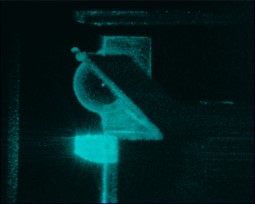
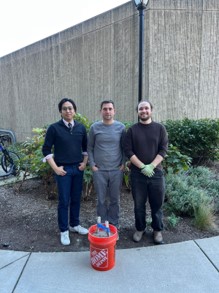
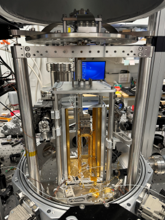
The strong CP problem in particle physics asks why CP violation has not been observed in strong interactions, despite being permitted. One proposed solution is the Peccei-Quinn mechanism, which results in the axion, a new spin-0 boson. The axion is also one of the leading candidates for dark matter. The Axion Resonant InterAction DetectioN Experiment (ARIADNE) searches for short-range spin-dependent interactions mediated by the axion using NMR techniques. An unpolarized, rotating tungsten rotor is placed near laser-polarized helium-3 gas, driving spin precession in the sample, which can be detected with a SQUID. With this method, sensitivity to the QCD axion could be achieved, which would be approximately 108 times better than current limits. Construction of ARIADNE is near completion and commissioning of the detector is in underway at Northwestern University. The collaboration has members from Northwestern University, UC Davis, Indiana University, Stanford University, Perimeter Institute, University of Illinois Urbana-Champaign, PTB, and the Institute for Basic Science.
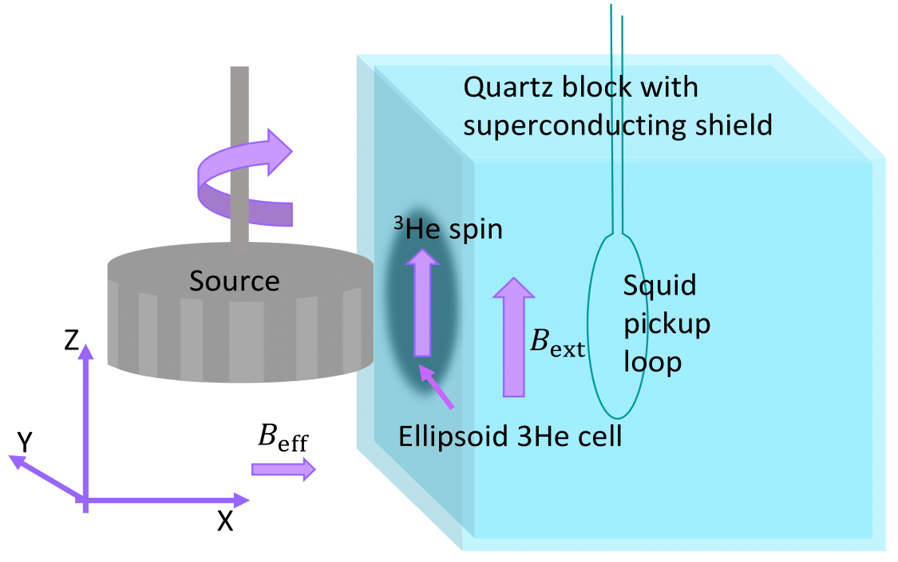

Under construction
© 2015 - Last Updated: 10/30/2025 - Disclaimer